As badminton coaches we teach players about the dangers of lifting the shuttle. However, there are times when a lift can be tactically advantageous. In this article you’ll discover the tactical application of a badminton flick serve.
Whenever you are about to serve, there is usually a point before the shuttle is struck that you, as server decide on the type of serve you are going to deliver. In lower league / social badminton the decision is made as you prepare to serve. The only problem with this is that you are the only player who knows what serve is about to be delivered – which is fine in singles, but not in doubles. It’s fine having the element of surprise that a flick serve will give you. However, wouldn’t it be helpful if you warned your partner too? This would allow both of you to prepare for the possible returns.
For social and lower league players, the badminton flick serve is used for a number of reasons:
- It’s the only serve I can do
- It seemed like a good idea at the time
- Variation
- My opponent is slow
- Move the weaker player to the rear court
It’s the only serve I can do
As players develop skill, power increases and touch is improved. Prior to this, at beginner level the flick or high serve may be the only type they can deliver.
It seemed like a good idea at the time
This happens a lot – that for no apparent reason, the server decides to ‘pop one up’ – almost as if they need to try something different regardless of the score at the time.
Variation
There is an element of tactical thinking here. Rather than continuing to deliver the same serve, which opponents will get used to in time, or sudden change of pace, height and direction can provide an element of surprise and result in a poor return if your opponent is unprepared.
Varying the direction of the shuttle also plays an important role here. Does the sever flick down the center of the court where their opponent has to move faster to intercept (the center line is a shorter distance), or go wide for the tram-lines to move their opponent the furthest distance.
My opponent is slow
A slow opponent presents an ideal opportunity for a flick serve especially if they prefer to take a more forward stance on court to return a low serve.
In this example a player may be too slow to reach the shuttle or they are sufficiently slow they are unable to attack the high shuttle. A typical return would be a straight clear which presents an attacking opportunity for the server and partner.
Move the weaker player to the rear court
Moving the weak player to the rear court is a sound tactical manoeuvre. This is used to minimise the severity of attack and provides the server and their partner with a good opportunity for counter attack.
By placing a pair in their weakest formation this immediately provides a tactical advantage. However, this does not guarantee success in winning the point, with the outcome dependent on the accuracy, consistency and skills of your opponent to counter this.
Are you spatially aware?
Prior to serving it is important that the server takes note where on court their opponent is stood ready to receive. Look at the space around them. Are they stood close to the center line and therefore providing a wide-open opportunity to flick into the tram-lines? Is their current position too far to one side of the court or too far forward which presents an easier opportunity to quickly place the shuttle behind them? Being aware of these spaces will provide the additional clues as to whether a flick serve may be tactically sound or not.
In the next part of this article you will discover how top league, county or international badminton players use the flick serve tactically.
To receive regular badminton help, advice and tips from me by email, click here to subscribe to my mailing list


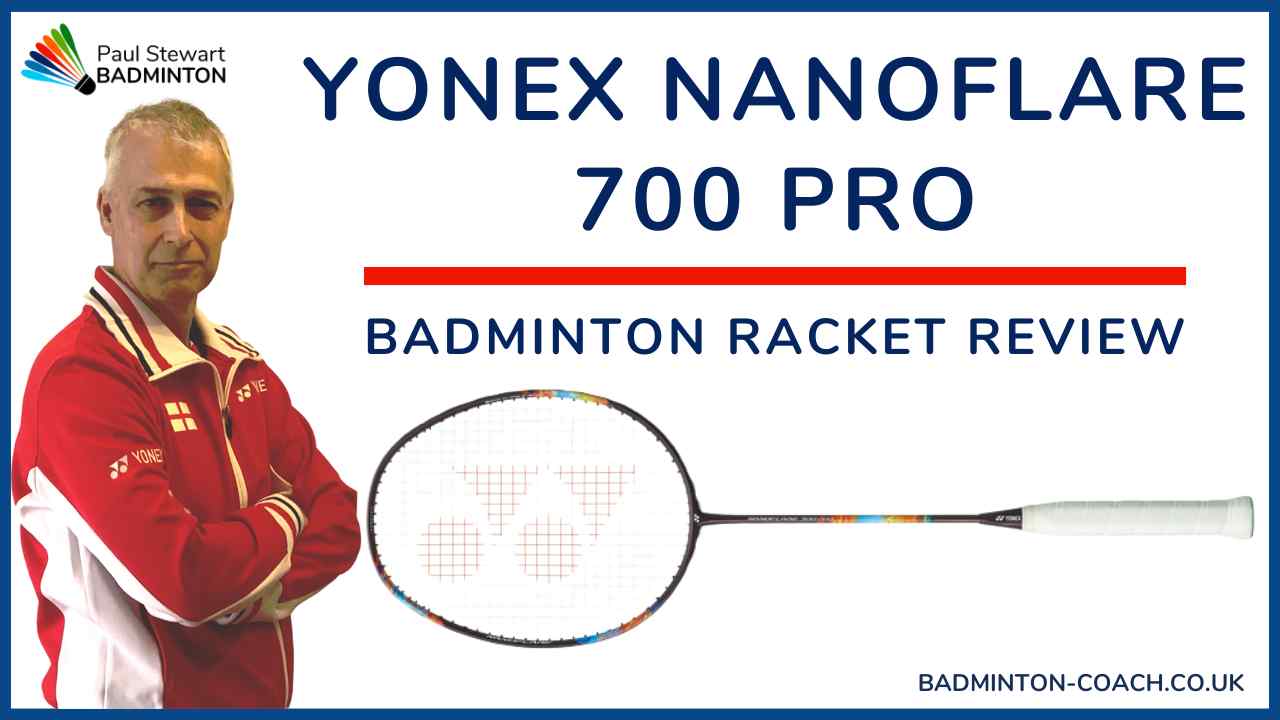

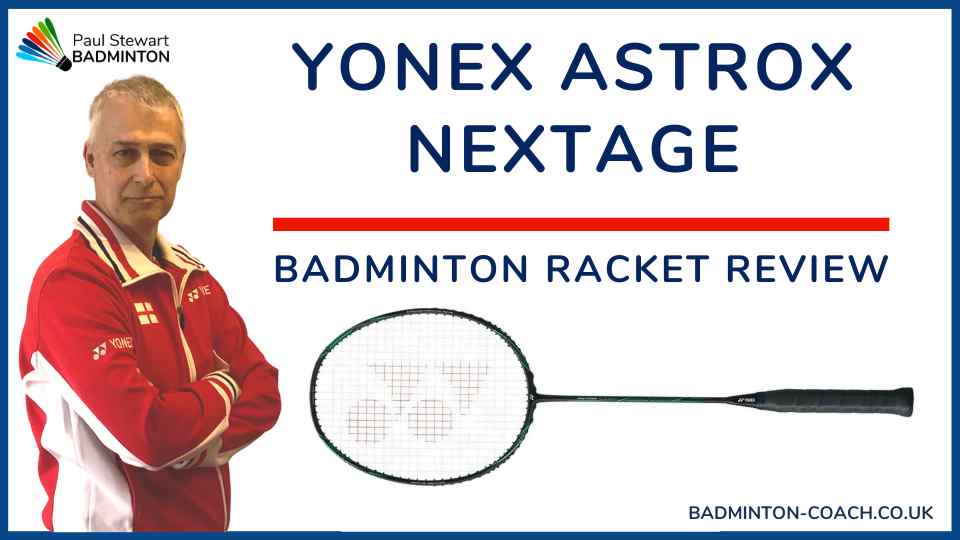

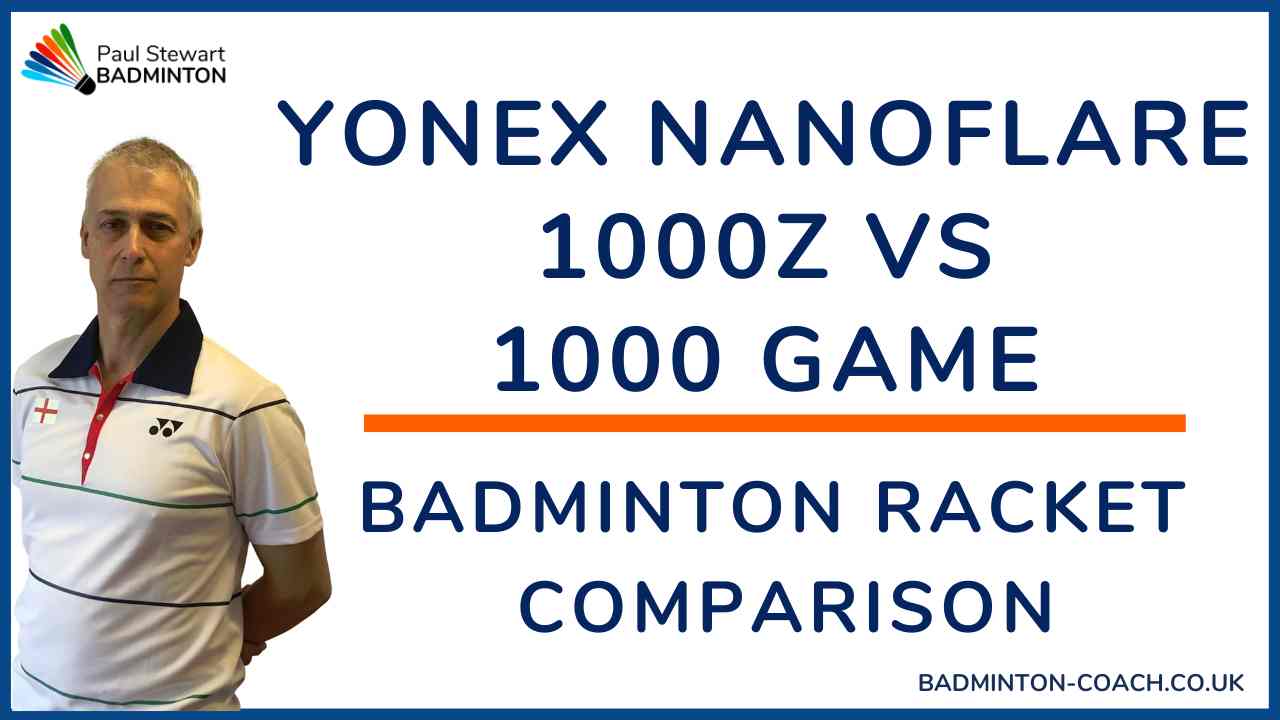
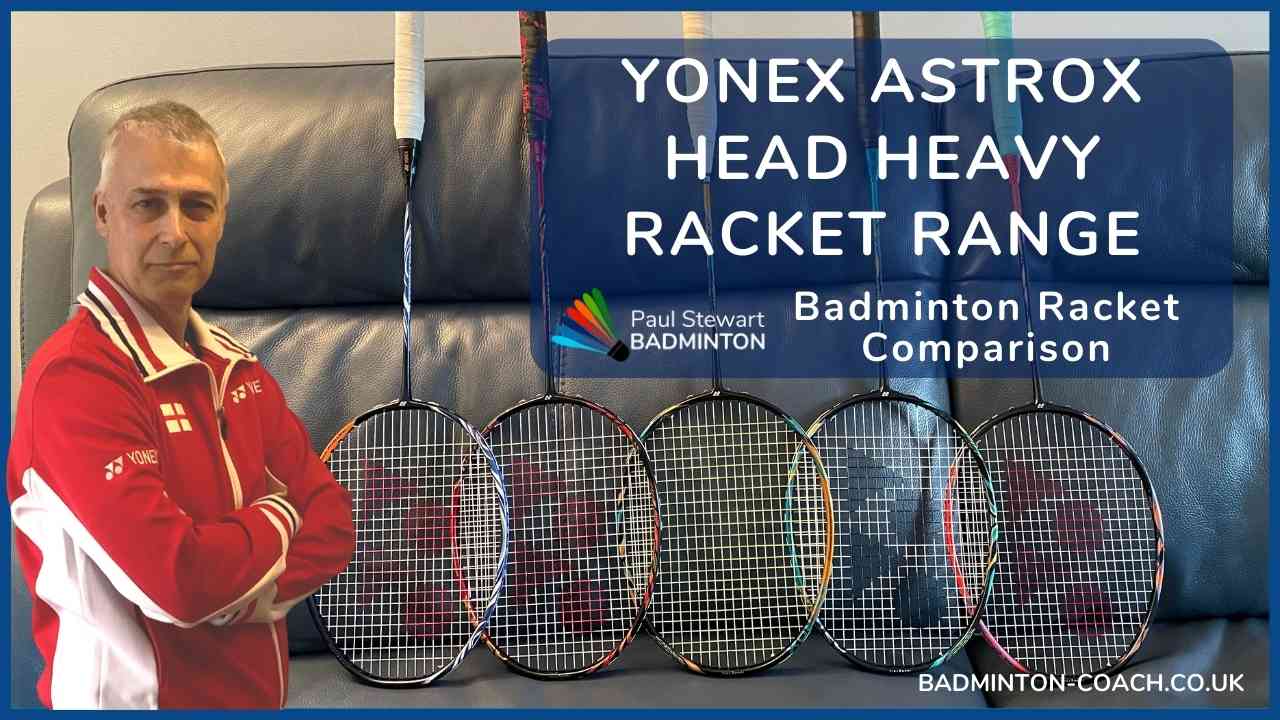

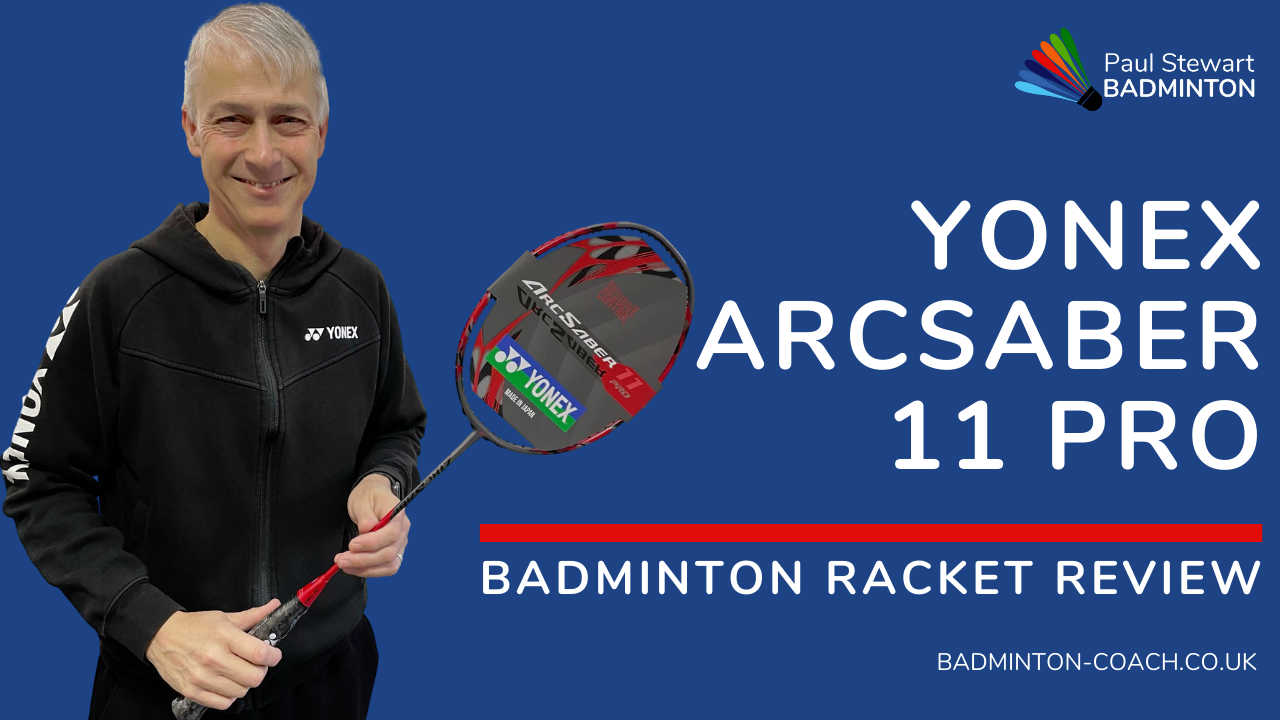

In doubles, following my delivery of a long flick service, where should I and my partner stand?
I’ve covered this on video somewhere. Because you have lifted the shuttle, you should move to defense positions on court quickly.